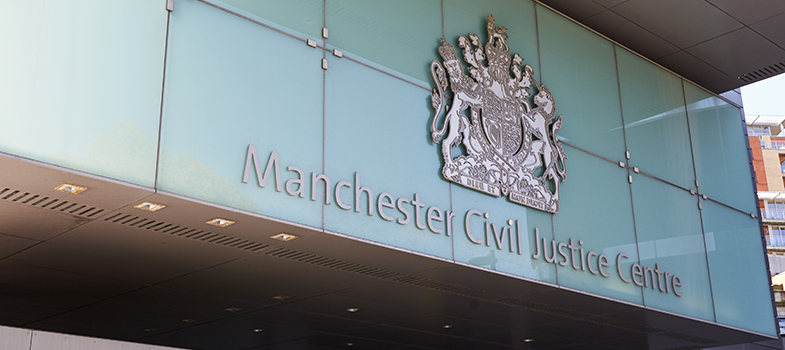7.4 Getting information from clients
In order to assist a client with drafting their witness statement, you will need to ask the client about the issues and what they want from the proceedings. It is therefore important to use good listening and questioning techniques.
Clients will often want to tell you the whole story and it can be confusing for them to understand what the court is asking them to do. Here are some useful tips to help you get the right information from the client which they can then put in their witness statement.
Tip 1
When you are asked to support a client with a witness statement, start by referring to the court order that is asking for the statement, or ask the client about other guidance they may have been given by the court. This will help you to establish what the court wants from the statement. You may also be able to look at Support Through Court guidance on different types of orders (for example, non-molestation order procedures). This will provide a context for your questions.
Tip 2
When you begin discussing the case with the client, start by asking an open question. An open question is one where the client has to answer by using more than one word and has a wide choice of different responses. This contrasts with a closed question, where the answer can typically be answered by one word such as ‘yes’ or no’. Useful questions to ask start with ‘Tell me’, ‘Explain’, ‘Describe’. You can remember these by using the acronym ‘TED’.
For example, in a case involving a dispute over where a child should live, a closed question would be ‘would you like your child to live with you?’. An open question would be ‘Describe what you would like the arrangements to be for your son/daughter?’, ‘Explain to me what arrangement you want for your son/daughter?’ or ‘Tell me what arrangement you would like for your son/daughter?’
Activity 4
What do you think are the advantages of asking an open question?
Comment
With an open question the client has to explain what they want the outcome to be, and this may be more complex than a simple yes/no or binary choice. For example, in the scenario above the client may want a shared care outcome. A closed question may be making assumptions about what the client wants, and it usually narrows down their options.
Tip 3
Actively listen to the client and make some brief notes. Active listening involves being totally focused on the speaker and showing that you understand and are interested in the account, by verbal and non-verbal cues such as your body language, eye contact and verbal encouragements such as ‘Mmmm’ or ‘yes’.
Did you know?
If you would like further information about active listening go to SkillsYouNeed.
Tip 4
Summarise what the client has said to make sure you have understood correctly. This will often trigger further thoughts from the client, as they feel they’ve been heard and can move on to the next point.
Tip 5
Ask further questions to clarify any points; this is likely to involve a mixture of open and closed questions.
Tip 6
Narrow the context of the question if the client is wandering off. Do this by acknowledging what the client has said and then reframing the question. For example, “I understand that it must feel very unfair that you’ve not seen your daughter for a long time. The court would like to know what arrangements you would like it to make for your daughter.”
Clients will respond to questions in different ways; they may want to tell you everything about their lives or may be very short in their responses and appear reluctant to share information with you. It may help for you to consider what may be making the client respond in that way. Is the response as a result of trauma?
For example, a client involved in domestic abuse may be reluctant to talk about it because it brings back feelings of the incident. In this case, responding in a trauma informed way can help make the client feel more comfortable and secure and therefore more willing to share information with you. You can find out more about the
7.3 What can you do and not do to support a client with their statement?
